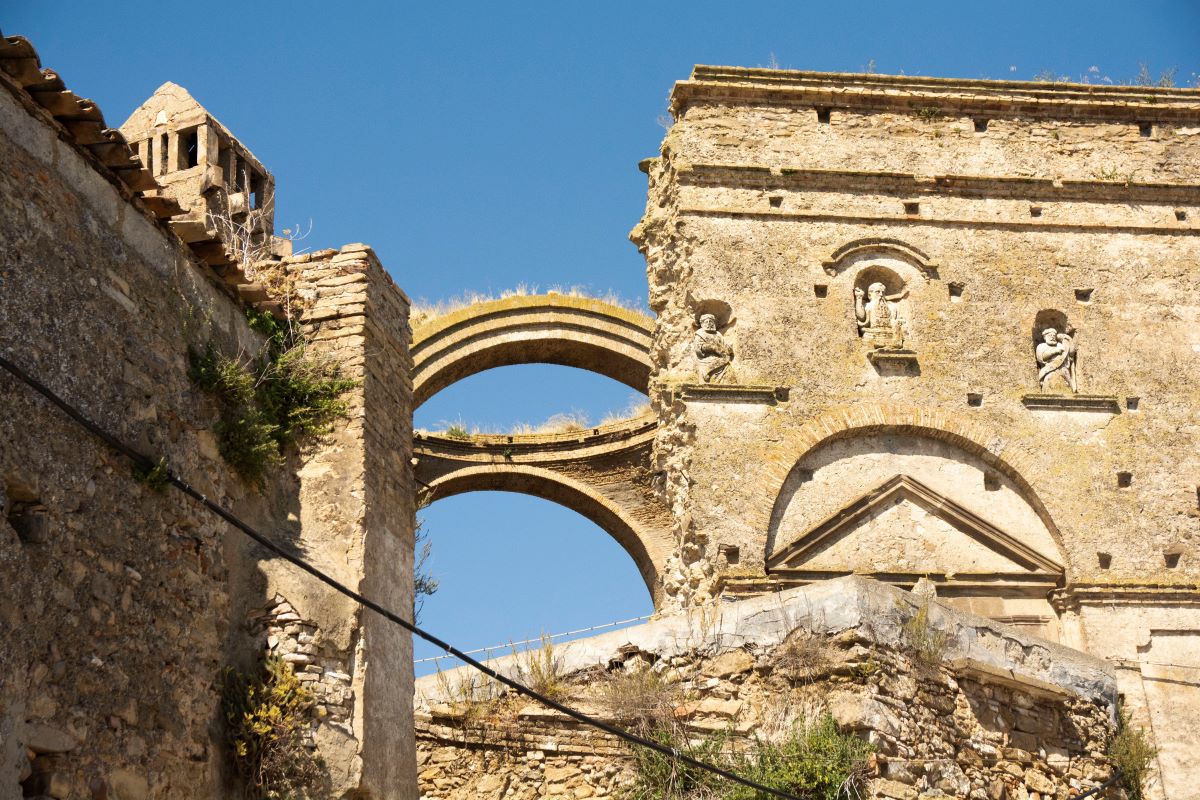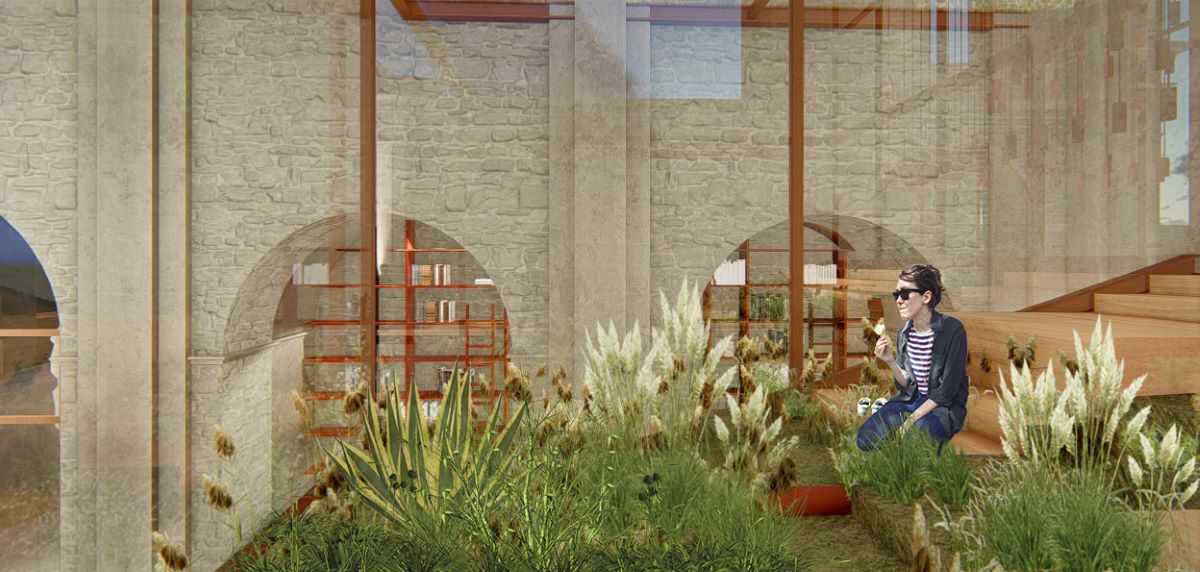Blog Stories

Rethinking Chiesta Diruta
The main stimulation behind the rehabilitation of Chiesa Diruta concerns the role of historic buildings in the contemporary urban context and the appropriate positioning towards their preservation. Chiesa Diruta is a listed building with embedded architectural qualities & historic value that can be preserved further in time through the enhanced identity of transformation.
Ruins are a self-standing scenery and can be considered monumental as is. The goal is the new function not to disrupt the work of time that has aged the building so beautifully. The architecture of the intervention differentiates itself from the identity of the ruins, while nesting inside them. Architecturally the tools of intervention are the transparency & reflection of materials and the unobstructed views towards the different levels inside the shell & towards the city. Entrances & staircases are seen as small-scale semiotic sculptures to help the visitor navigate in the original monumental scale of the church. This translation is referenced in Richard’s Serra work & ability to create a sculptural space of own rules within a given space without undermining either. This condition & the generated relation is a mean to bridge existing & new.
Flexibility and multifunctional use is of high design priority. Spaces are eligible for simultaneous use in facilities of different sizes. The building is adaptable throughout the year. Performance & concert, exhibition & gathering can take place both in interior & exterior spaces. (Summer stage towards the city, exterior terrace café & green exterior plateau on the top of the concert hall). The desired result after revitalizing Chiesa Diruta is to stimulate people familiarizing the “fallen church” for constant use and not only when a performance is hosted.
It seems the best way of preserving buildings is to keep them in use and the adaptive use of buildings is often the only way for historic buildings to be brought up to life and retrofit the contemporary context around them (social, urban, architectural).
Blog Stories

Rethinking Chiesta Diruta
The main stimulation behind the rehabilitation of Chiesa Diruta concerns the role of historic buildings in the contemporary urban context and the appropriate positioning towards their preservation. Chiesa Diruta is a listed building with embedded architectural qualities & historic value that can be preserved further in time through the enhanced identity of transformation.
Ruins are a self-standing scenery and can be considered monumental as is. The goal is the new function not to disrupt the work of time that has aged the building so beautifully. The architecture of the intervention differentiates itself from the identity of the ruins, while nesting inside them. Architecturally the tools of intervention are the transparency & reflection of materials and the unobstructed views towards the different levels inside the shell & towards the city. Entrances & staircases are seen as small-scale semiotic sculptures to help the visitor navigate in the original monumental scale of the church. This translation is referenced in Richard’s Serra work & ability to create a sculptural space of own rules within a given space without undermining either. This condition & the generated relation is a mean to bridge existing & new.
Flexibility and multifunctional use is of high design priority. Spaces are eligible for simultaneous use in facilities of different sizes. The building is adaptable throughout the year. Performance & concert, exhibition & gathering can take place both in interior & exterior spaces. (Summer stage towards the city, exterior terrace café & green exterior plateau on the top of the concert hall). The desired result after revitalizing Chiesa Diruta is to stimulate people familiarizing the “fallen church” for constant use and not only when a performance is hosted.
It seems the best way of preserving buildings is to keep them in use and the adaptive use of buildings is often the only way for historic buildings to be brought up to life and retrofit the contemporary context around them (social, urban, architectural).



